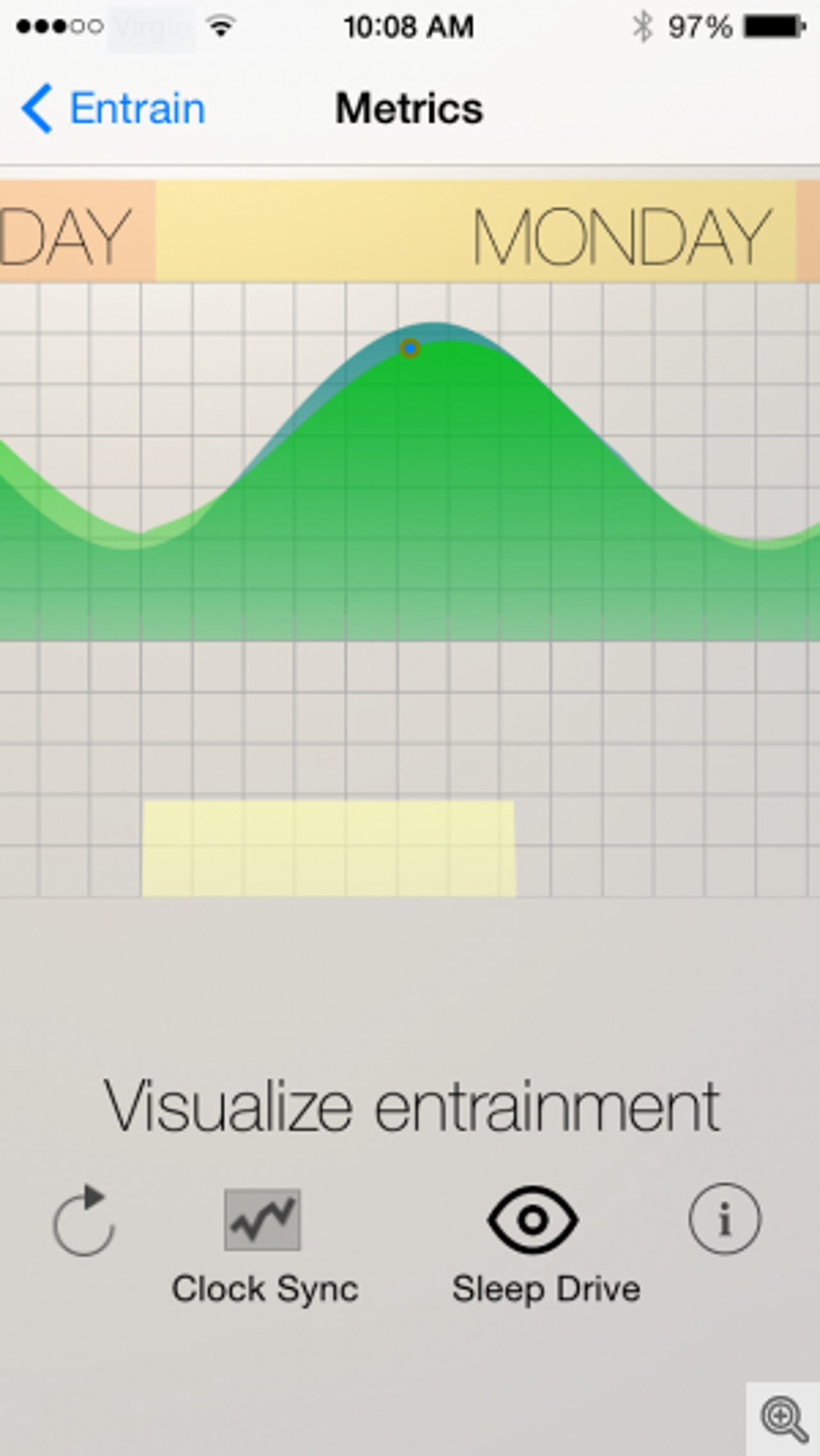Innovation
Jet lag app gets you back in sync
Mathematicians have developed a smartphone app that helps travelers restore their misaligned rhythms. It tells you exactly when you should soak up some sun, and when to call it a night.


Circadian rhythms are our body's internal timekeeping system. It adjusts our body temperature and tells us when to eat, sleep, and produce red blood cells. Jet lag happens when our circadian biological timing becomes misaligned with the timing of our human activities -- first few days of play when we're on vacation, first few days of work when we're back. Being out of sync is something your body usually sorts out on its own with time, but prolonged misalignment can lead to cardiovascular disease and diabetes.
So, mathematicians Kirill Serkh and Daniel Forger from University of Michigan, Ann Arbor, developed a way to rapidly “re-entrain” (or fall back into synchronicity with) ourselves. They compared simulations of thousands of different situations in order to figure out the mathematically optimal schedules of light exposure and avoidance.
Their number crunching resulted in specialized adjustment schedules for “optimal re-entrainment” for more than 1000 travel itineraries, Science explains. For example:
If you’re traveling from Detroit to London, for example, Entrain says you’ll need to turn off the lights at about 9 p.m. and rise at 6:20 a.m. the next day in order to get used to your new time zone as quickly as possible. If the app prescribes bright outdoor light when you’d rather sleep in, a therapeutic sunlamp in your hotel room might do the trick.
"Overcoming jet lag is fundamentally a math problem and we've calculated the optimal way of doing it," Forger says in a news release. "We're certainly not the first people to offer advice about this, but our predictions show the best and quickest ways to adjust across time zones." To get over jet lag most efficiently, they suggest:
- Experience one block of light and one block of darkness each day.
- The length of daytime should be significantly shorter when delaying the clock, rather than when advancing it.
- During the light phase, be in the brightest light possible. Short light pulses are less effective than sustained light.
- During the dark phase, be in the dimmest light possible. Even a short burst of bright light at the wrong time can extend the time it takes to adjust.
- Dark phases don't have to be sleep phases, but if you must be outside, block blue light with rose-tinted glasses or a visor.
If the prescribed schedule helps or doesn’t help with rapid readjustment, you can log your travel schedule and jet lag experiences on the app. This will help the team determine if their theoretical models actually work in real life.
The work was published in PLOS Computational Biology.
Images: Pelle Sten via Flickr (thumbnail) & University of Michigan (top)
This post was originally published on Smartplanet.com